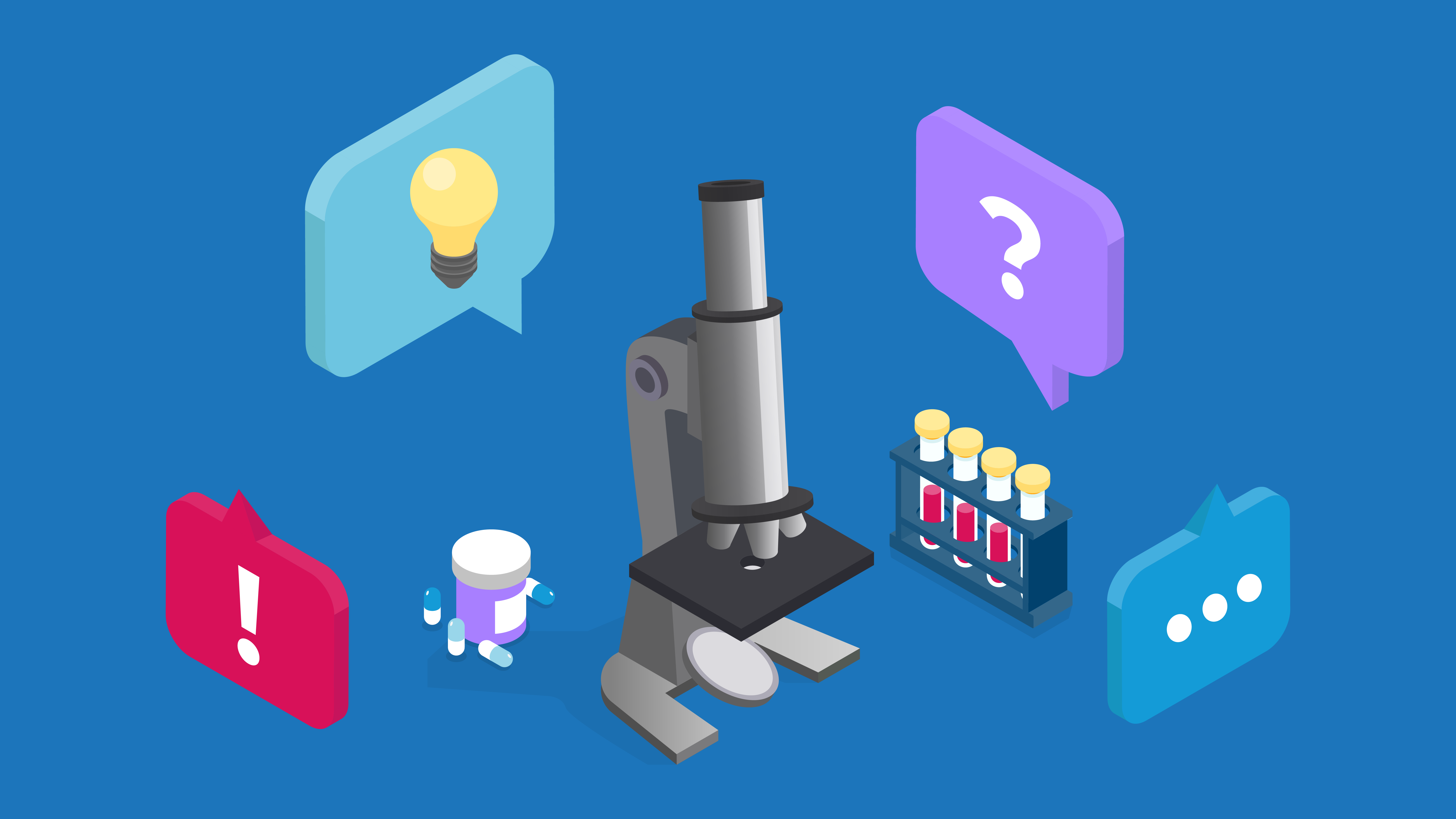A Boston based MedTech company sells ultrasound imaging products for the monitoring of cardiac events, where a dedicated software programme is installed onto hospital computers alongside each imaging device. The software programme has an AI algorithm that acts as a diagnostic aid, highlighting abnormalities during suspected cardiac events in the emergency department (ED).
The MedTech has been selling their ultrasound device and software for over 10 years, and their algorithm has improved the speed and accuracy of cardiac event diagnosis for patients with chest pains. The algorithm highlights abnormalities that could easily be missed during the triage process in the ED, ensuring patients are seen more quickly.
The MedTech regularly updates its software, whether to improve cyber security, add cross platform communication capabilities or new functionalities. The most recent software update was designed to improve the clarity of the ultrasounds, helping healthcare professionals identify abnormalities more accurately.
The recent update contained a coding error resulting in a distorted image on the ultrasound device, rather than improving clarity. The coding error was minor, so was initially overlooked, but consequently could prevent the ultrasound device from highlighting abnormalities.
As a result of the coding error, cardiac events were being missed by the ultrasound device’s algorithm.
In the past, the extra tests might have picked up abnormalities, but in relying on the software updates seven patients’ cardiac events went undiagnosed. Of the seven patients, one patient suffered a mild cardiac arrest, and the other six had minor defects to their heart and lungs.
The MedTech had CFC’s life science policy which included product liability and professional liability cover. The policy covers bodily injury arising from tech E&O, as well as the more standard financial loss aspects of professional liability. All hospitals that use this equipment are also named as additional insureds on the policy.
Many medical device companies will only take out a standard commercial general liability (CGL) policy, where the products liability would cover bodily injury arising directly from a tangible device. In the case of this MedTech, a CGL policy wouldn’t have covered the claims as the issue was with software, not the imaging device.
The seven injured patients claimed against the hospitals where they had been treated for negligent care. The total cost of these claims reached $6,378,000 due to the severity of the injuries. The hospitals passed these demands onto the MedTech as they were not liable to pay-out the claims and they had been named as the additional insureds on the insurance policy. CFC's life science policy provided comprehensive cover for the MedTech so they were able pay the hospital claims and continue operating.
CFC offers a range of life science insurance products. If you have any further questions, please contact the life science team at LifeScience@cfc.com.




